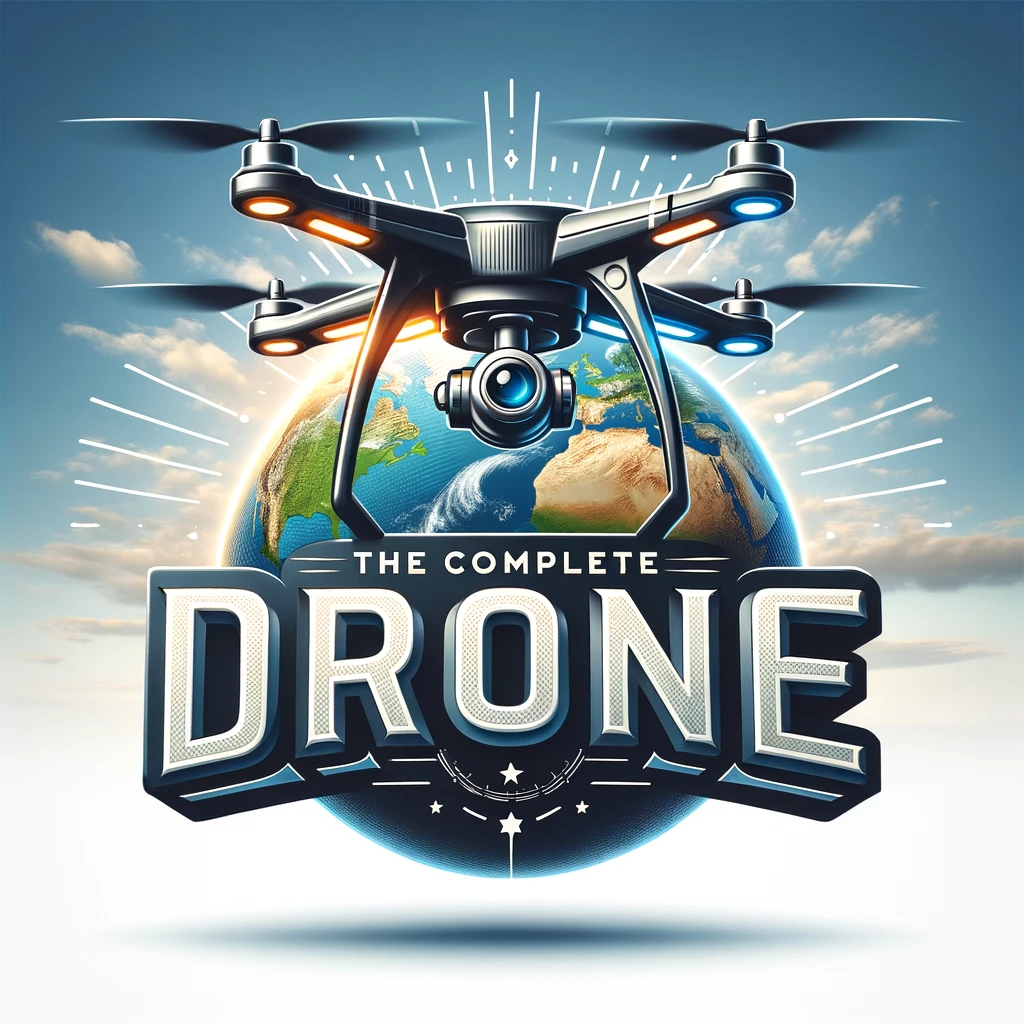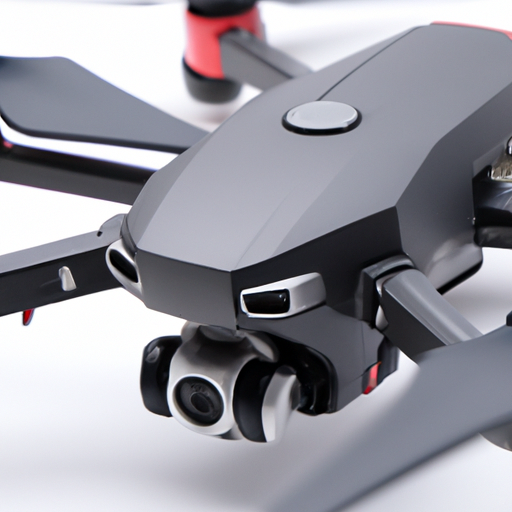Have you ever found yourself fascinated by the mesmerizing flight of drones, but worried about the possibility of them crashing? In this article, we will explore some valuable tips and techniques that can help you prevent those dreaded drone accidents. From understanding the importance of drone maintenance and pre-flight checks to mastering basic flying skills, we will provide you with a comprehensive guide on how to steer clear of drone crashes. So, whether you are a novice drone enthusiast or an experienced pilot, read on to discover the secrets of maintaining a smooth and accident-free drone flight.
1. Basic Flying Skills
Flying a drone requires some basic skills to ensure a smooth and safe flight. Understanding the controls is the first step towards mastering a drone. Take the time to familiarize yourself with the remote control and how each button and joystick corresponds to the movement of the drone. Practice in open areas with ample space to maneuver and minimal obstacles. This will give you the opportunity to hone your skills and become comfortable with flying. Additionally, maintaining line of sight with your drone is crucial to avoid accidents and ensure you have full control over its movements.
2. Pre-flight Checklist
Before taking off, it is essential to go through a pre-flight checklist to ensure that everything is in order. Start by checking the battery and power levels of your drone. Make sure it is sufficiently charged to complete your intended flight without any issues. Inspect the propellers for any damages or signs of wear and tear. It is also important to check for any software updates available for your drone. Keeping your software up to date ensures that your drone is equipped with the latest features and security fixes. Lastly, assess the weather conditions to determine if it is safe to fly. Avoid flying in strong winds, heavy rain, or extreme temperatures.
3. Understanding Flight Restrictions
To fly a drone safely and responsibly, it is crucial to understand the flight restrictions in place. Familiarize yourself with the Federal Aviation Administration (FAA) regulations regarding drones. These regulations include guidelines on where and when you can fly, maximum altitude limits, and registration requirements. Be aware of the designated no-fly zones, such as airports, military facilities, and national parks. It is also essential to stay informed about any temporary restrictions or restricted airspace in your area due to events or emergencies.
4. Safe Takeoff and Landing
Taking off and landing are critical moments during a drone flight. Before takeoff, clear the area of any potential obstacles, such as trees, power lines, or people. Ensure that the conditions are stable, with minimal wind or other environmental factors that could affect the flight. It is also important to be prepared for emergency procedures in case of unexpected events during takeoff or landing. Familiarize yourself with the drone’s emergency shut-off feature and practice executing it in a controlled setting.
5. Flight Planning
Flight planning is an essential step to ensure a safe and successful drone flight. Identify potential hazards in the flight area, including tall buildings, busy roads, or wildlife habitats. Map out the flight path, considering any potential obstacles or no-fly zones. Plan your route to avoid sensitive areas, residential neighborhoods, or crowded spaces. Additionally, assess the potential for communication interference, such as radio towers or power lines, and make adjustments or preparations accordingly.
6. Maintaining Proper Altitude and Speed
Maintaining the proper altitude and speed is crucial to ensure a safe and controlled flight. Avoid flying too close to obstacles, such as buildings or trees, as they may interfere with the drone’s movement or even cause a collision. Take into account wind speed and direction when adjusting your flight altitude and speed. It is important to regulate your speed appropriately, avoiding sudden accelerations or decelerations that could destabilize the drone or compromise its maneuverability.
7. Monitoring Battery Life
One of the most common causes of drone crashes is running out of battery mid-flight. To avoid this, it is essential to monitor the battery life throughout the flight. Set up the “return-to-home” function on your drone, which automatically activates when the battery reaches a critically low level. This feature ensures that your drone safely returns to the takeoff point before the battery is completely depleted. Utilize battery level indicators provided by the manufacturer to keep track of the remaining power. Always follow the manufacturer’s guidelines and recommendations regarding battery usage and charging.
8. Handling Emergencies
Being prepared for emergencies is a crucial aspect of responsible drone piloting. Loss of signal can occur due to various factors such as distance, interference, or technical issues. In the event of a loss of signal, remain calm and try to establish a connection with the drone. If this is not possible, activate the return-to-home function if available. Motor or propeller malfunctions can also occur, leading to unstable flight or the inability to control the drone. In such cases, immediately land the drone in a safe location and assess the issue. In inclement weather conditions, prioritize safety and avoid flying until the weather improves. Strong winds, rain, or low visibility can greatly impact the drone’s performance and increase the risk of accidents.
9. Proper Maintenance and Inspections
Regular maintenance and inspections are essential to ensure the safe and optimal performance of your drone. Clean the drone regularly, removing any dirt, dust, or debris that may accumulate on the body or propellers. Perform check-ups to ensure that all components are functioning correctly and securely fastened. Calibration of sensors is crucial to maintain accurate flight performance. Follow the manufacturer’s instructions for sensor calibration and perform it regularly to avoid any inaccuracies. Additionally, check for any loose parts or connections that may need tightening or replacement.
10. Continuous Training and Education
To become a proficient drone pilot, continuous training and education are necessary. Stay updated with new regulations and guidelines set by the FAA or relevant aviation authorities. As technology advances, regulations may change, and it is important to stay informed to avoid any legal or safety issues. Consider learning advanced flying techniques to improve your skills and expand your possibilities as a drone pilot. Joining a drone pilot community is an excellent way to connect with fellow enthusiasts, exchange knowledge, and learn from experienced pilots. Engaging in continuous training and education will contribute to your growth as a responsible and competent drone pilot.
In conclusion, mastering the art of drone flying requires a combination of basic flying skills, thorough pre-flight checklists, an understanding of flight restrictions, safe takeoff and landing techniques, careful flight planning, maintaining proper altitude and speed, monitoring battery life, handling emergencies, proper maintenance and inspections, and continuous training and education. By following these guidelines and practicing responsible drone piloting, you can ensure a safe and enjoyable experience while avoiding unnecessary accidents and crashes. Remember, safety should be the top priority every time you take to the skies with your drone.

